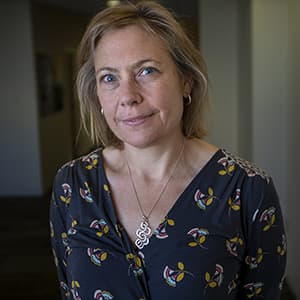Advertisement
Cooked: Can we change how we think about food, our planet and ourselves?
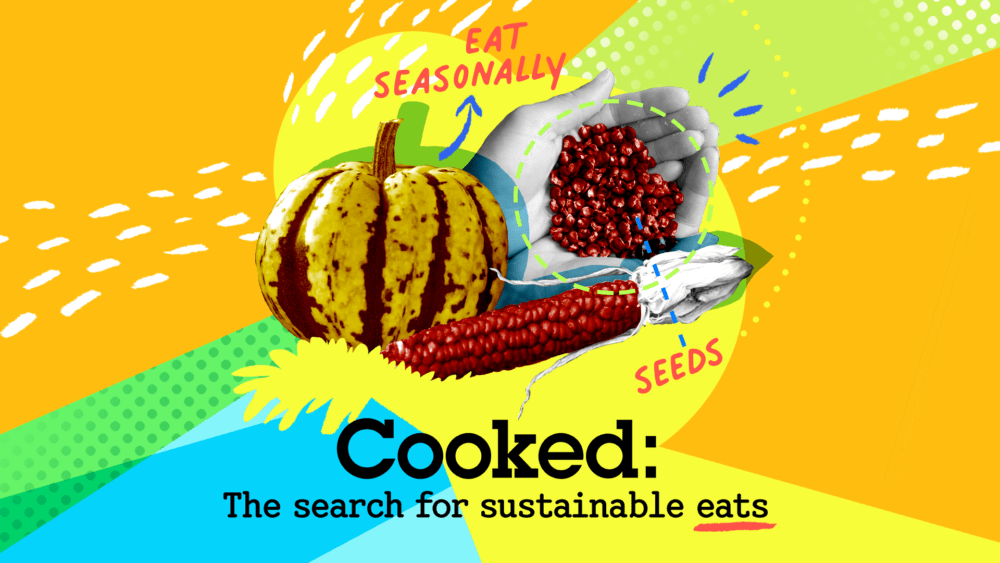
This is an excerpt from WBUR's Cooked newsletter. Sign up to understand how to reduce your impact on climate change and take actionable steps so YOU can make a difference.
Dawn Spears opened a paper grocery bag and pulled out an ear of dried corn. She gently pried open the papery husk to reveal kernels that were almost luminescent — like pale, golden pearls.
“Now that’s a beautiful ear of corn,” Spears said.
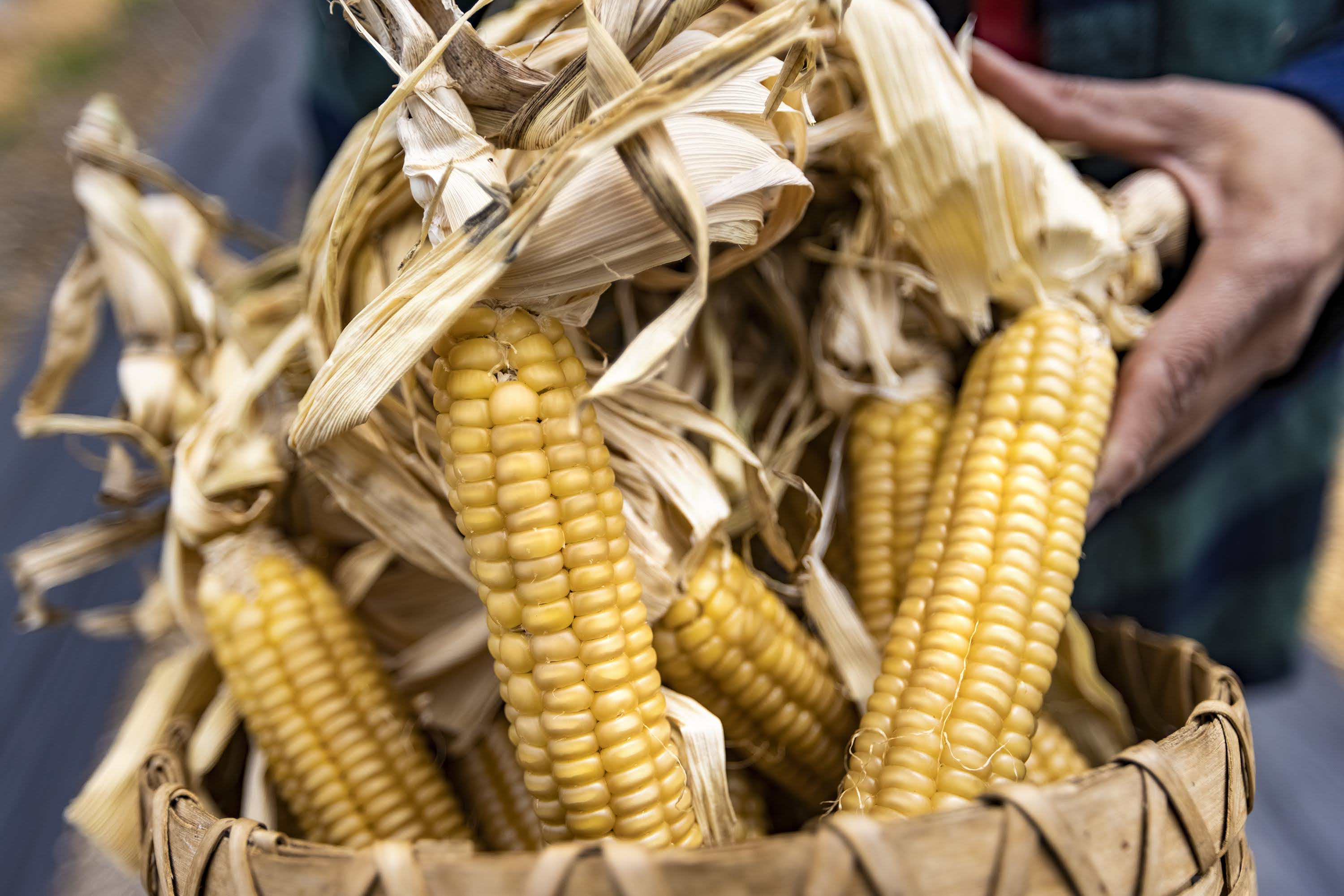
It was Narragansett flint corn, which has been grown by her tribe for hundreds of years.
Corn is culturally important to many Indigenous people, said Spears, who runs Ashawaug Farm in Ashaway, Rhode Island. But when she and her husband grew a whole field a few years back, it was still a surprisingly emotional experience.
“I never expected this corn to be as powerful of a medicine as it turned out. But if you stand by that corn and feel that energy that comes off of it, that energy comes right into you,” she said. “It’s like looking into this field and seeing our ancestors. They're our family, you know?”
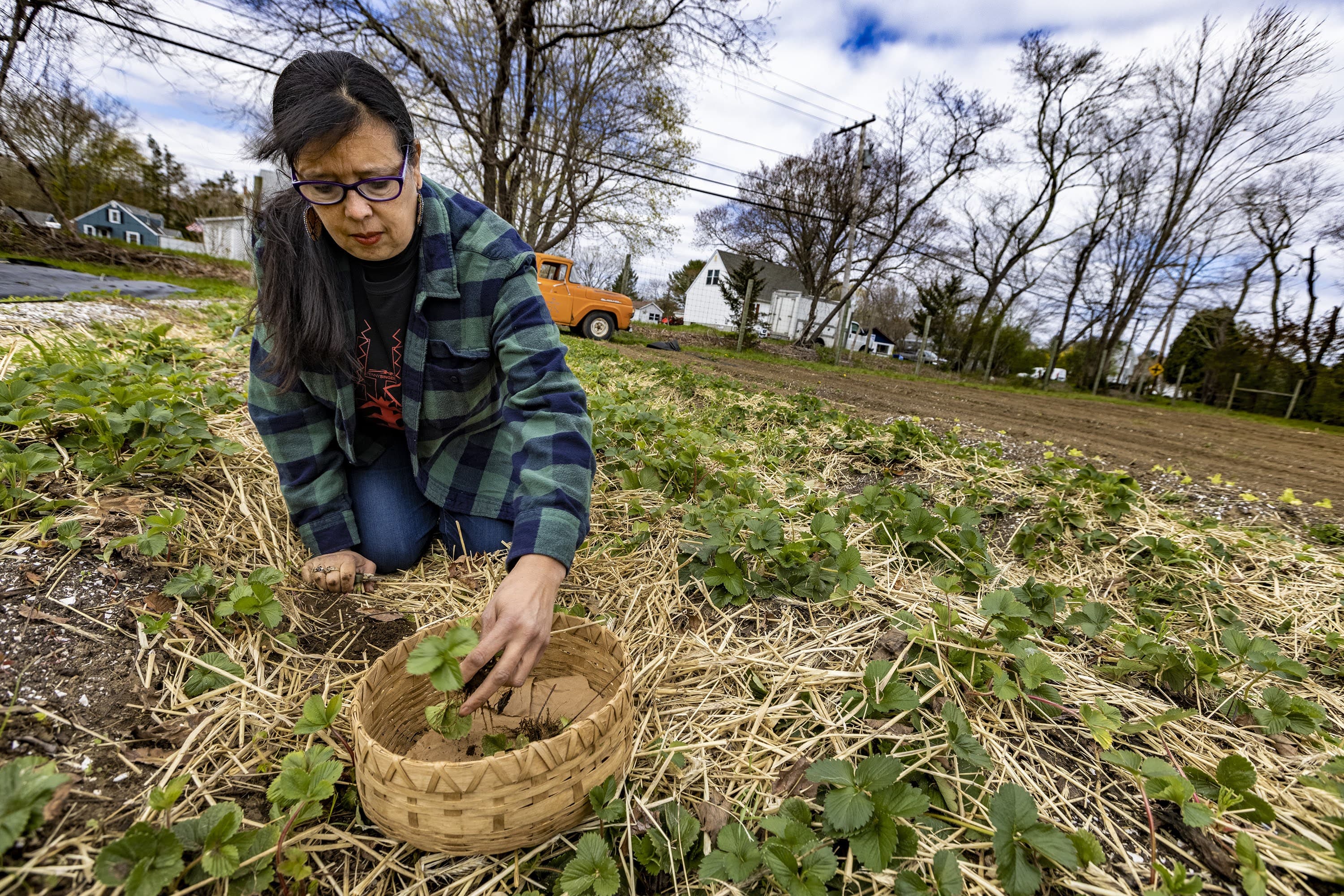
Over the months I researched this food project, I heard experts talk about food in terms of nutrients, cost, water use and carbon footprints — all important things. I heard far fewer people describe plants as kin or allies, or point out what trees tell us, or ask what we owe the soil.
But the mainstream conversation around food is starting to shift, as the climate crisis brings more attention to traditional Indigenous farming practices that conserve water, soil and biodiversity. The most recent UN Climate Report noted North America will likely see increased climate disruptions and a decline in food production, and that some of the best solutions draw on Indigenous knowledge.
“Every time I hear the new trend of what's happening, I'm thinking, ‘Well, we're already doing that,’ ” Spears said.
The mainstream food system has broken our relationship with what we eat and the planet in general. So, I turned to local Indigenous food growers with expertise on both for advice on how to patch it back together.
But before we go to them, let's see how we got to this moment.
A (Very) Brief History: New England, Colonization & Food
One weapon of genocide is destroying people’s food. That includes blocking people from their food, moving them away from their food or force-feeding them unfamiliar food. European colonizers did all these things to the Indigenous people of North America: killed millions of bison, burned cornfields, moved people to unfamiliar land and put children in culture-erasing boarding schools where many ate white bread and drank cow’s milk for the first time.
Here’s a lesser-known example of how this played out in New England.
When European colonizers arrived in the region, one group they encountered were the Nipmuc. The Nipmuc were agricultural people, but many of their farming methods were unfamiliar to Europeans — actively maintaining deer paths and wild blueberry bushes, for instance, or letting fields lie fallow at times to regenerate the soil.
The Nipmuc also fished the Quinobequin (now known as the Charles River) and spring fish runs were especially important. According to Norwich University Professor Zachary Bennett, local tribes depended on the fish for protein and used them to fertilize the thin, rocky soil.
In 1738, colonizers in Watertown built a dam on the river — one of many built in the region to power mills — which blocked the path of migrating fish. “Although Massachusetts law required the operators of the Watertown Dam to allow fish to pass by building a fish ladder on the Charles River, corrupt local officials looked the other way,” wrote Bennett. The colonizers also leveled forests for fuel and timber and filled in marshes for land. The Nipmuc’s food supply dwindled; many starved.
“This is a devastating process … and we still see this as an ongoing struggle,” Kristen Wyman said at a Trustees symposium in March. Wyman is a member of the Nipmuc tribe and active in the movement for Indigenous food sovereignty — the right of people to have culturally relevant food, and also access to the land and water that provides it. She’s now advocating for the removal of the Charles River Dam in South Natick and sees dam removal in general as important restorative work. “We still will struggle to get our fish” even if the dam comes down, she said. But science suggests the habitat could begin restoring itself at least partially within hours after a dam is removed.
The Indigenous food sovereignty movement is active throughout the Northeast, with people like Spears and Wyman growing traditional crops, saving seeds and restoring rivers. If you want to do a deeper dive, start with the book “Indigenous Food Sovereignty in the United States,” and check out the work of the Northeastern Farmers of Color Land Trust and Soul Fire Farm.
This work matters for everyone. Indigenous activist Winona LaDuke writes about how traditional varieties of corn — bred over thousands of years to survive under wildly different conditions — is proving resilient to the extreme weather becoming more common with climate change. “The soil and the seeds help us navigate the future,” she wrote. “If we are unable to feed ourselves, we will not survive.”
THE BIG TAKEAWAY:
If we feel more connected to what we eat, we can make better food choices for the planet.
How to Reconnect With Food
Since this newsletter focuses on eating, I asked Indigenous food experts for suggestions on how everyone can reconnect with their food. Here’s what they said:
Try to eat seasonally.
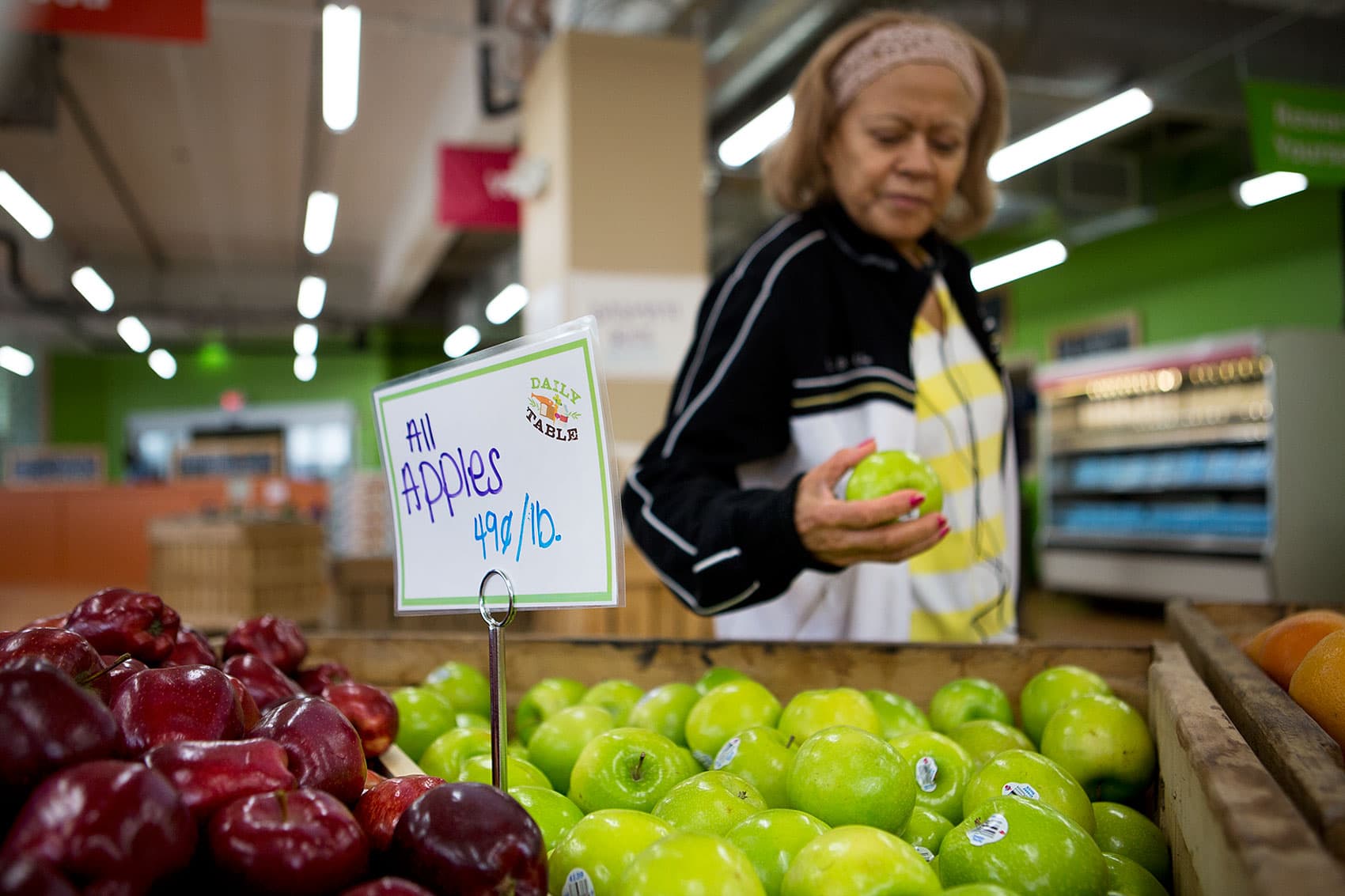
Eating local food in season connects you to the regional climate.
“Our body doesn't need everything all the time,” said Danielle Hill Greendeer, a member of the Mashpee Wampanoag tribe. “You need your root vegetables over winter to stay grounded. They grow in the ground — that's not even a metaphor. And then, in the spring, that's when you start thawing; you need those sugars and the first fruits. The Earth has already figured it all out for us.”
Not sure what's “in season”? Join the club! The folks at Foodprint have an easily searchable seasonal food guide where you can see what foods are ripe for harvest near you
Grow some food.
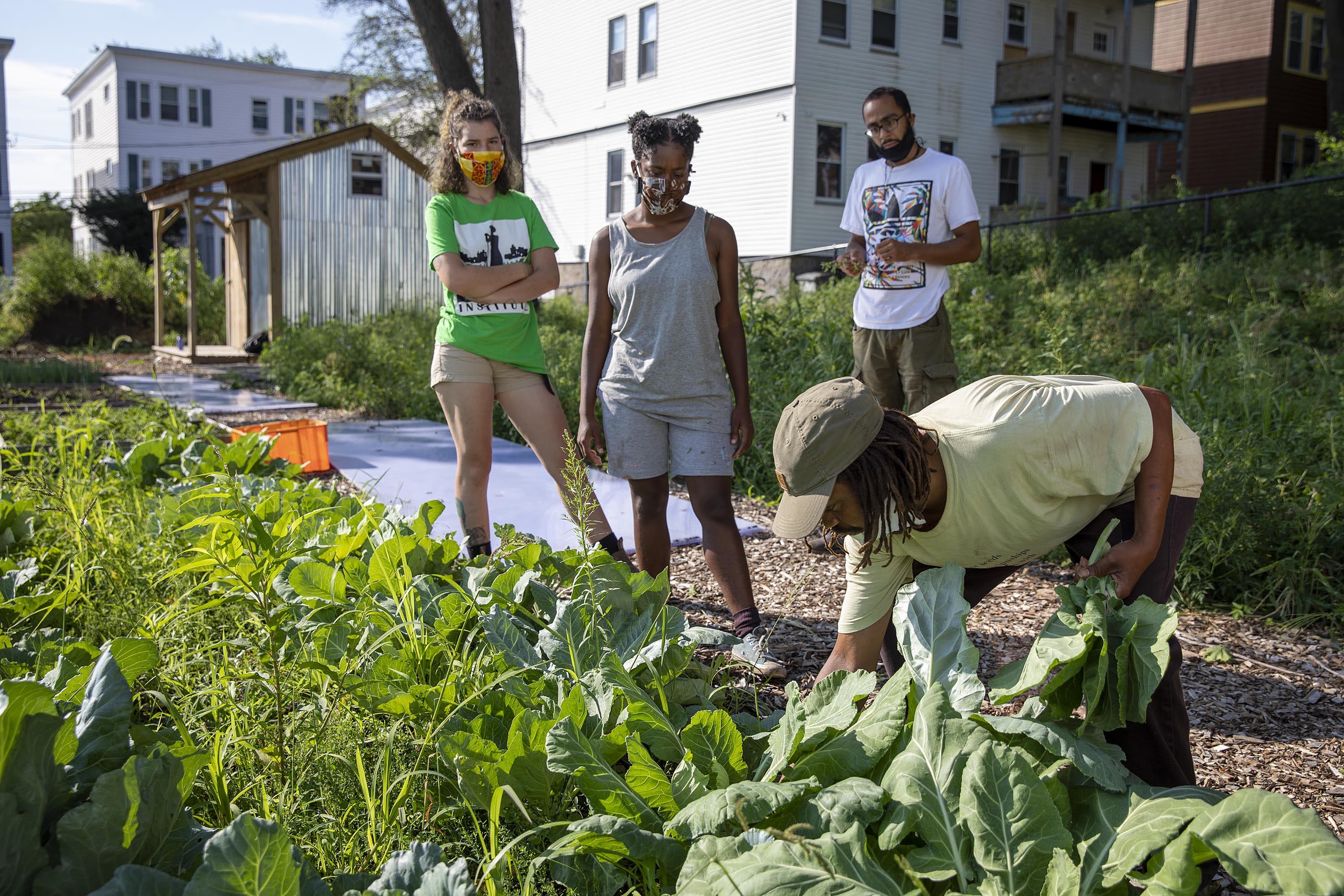
“To snap out of the convenience of our food system, you have to grow something,” said Greendeer. And not just easy herbs, she said, but actual food, like tomatoes or carrots. Greendeer — who grows traditional, copper-colored King Philip corn — says it’s not just about feeding yourself; it’s about helping a seed transform from sprout to stalk and then fruit. “You need to understand the process, how long it takes,” she says. “You need to have that firsthand experience with growing.”
Spears grows food without pesticides, using seashells and compost to enrich the soil. “We don't fight the land. We don't try to alter it and change it,” she said. “We have to figure out a way to find the balance where that land is still happy and comfortable with our being there.”
Only take what you need.
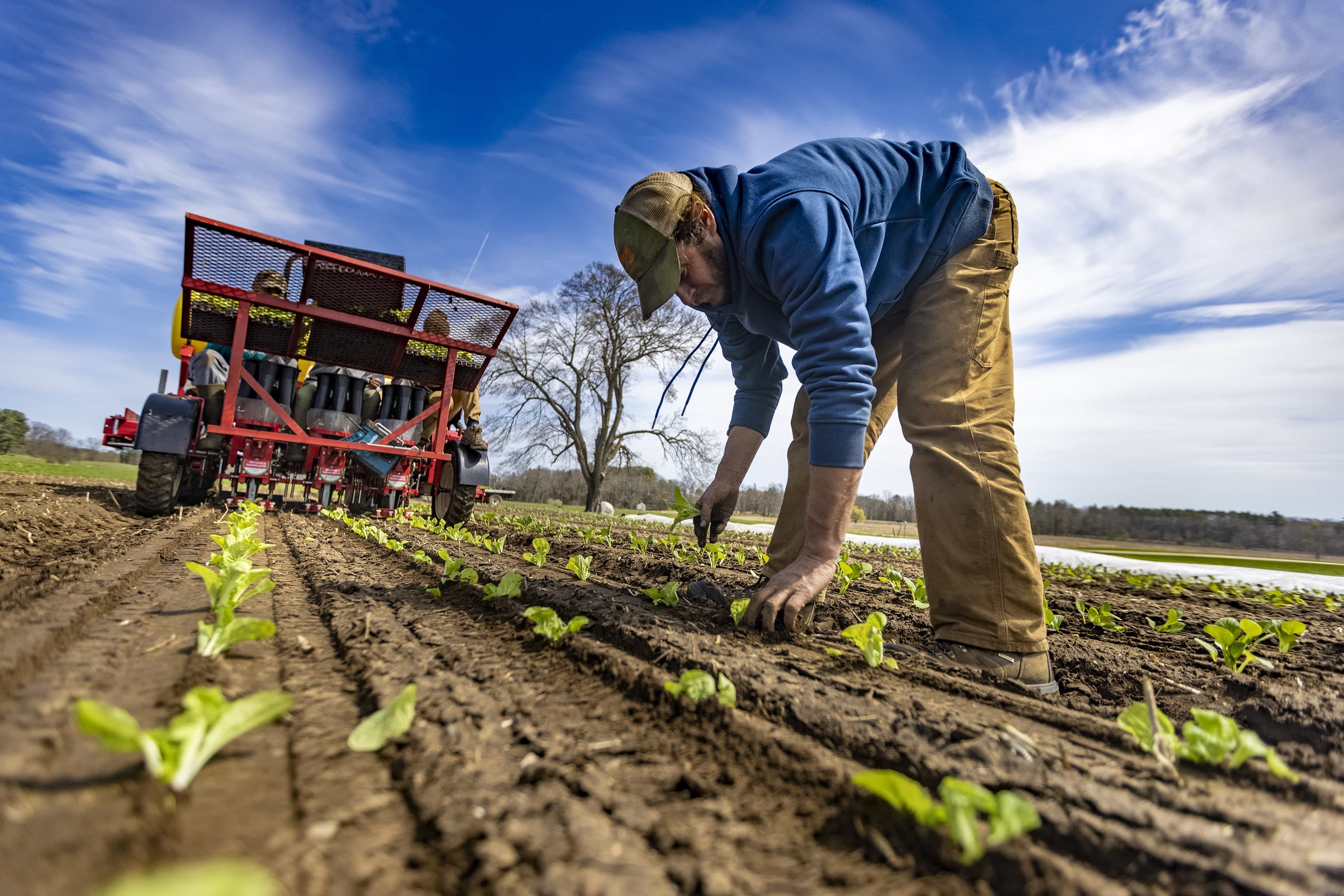
Extractive practices — like growing crops until soil is exhausted or withdrawing water until rivers are depleted — are tipping the Earth off balance, according to Spears. “I guess that's what climate change is, right? It's Mother Earth letting us know we're not treating her properly.”
Same goes at home when you end up with a heap of zucchini from the garden or accidentally buy more food than you need. “If you do have excess,” says Spears, “I would advocate to give it to those who cannot get it.”
